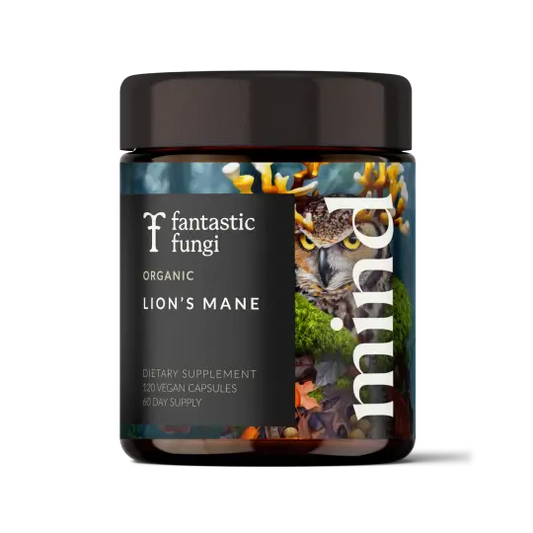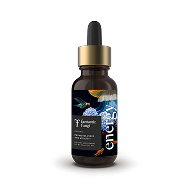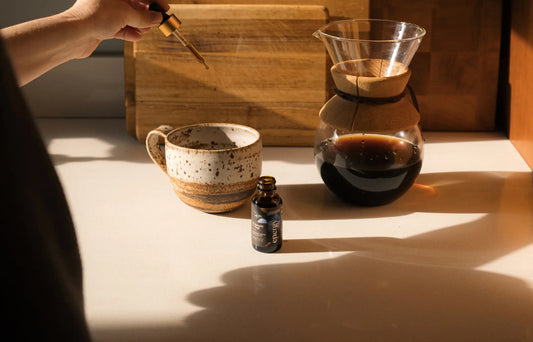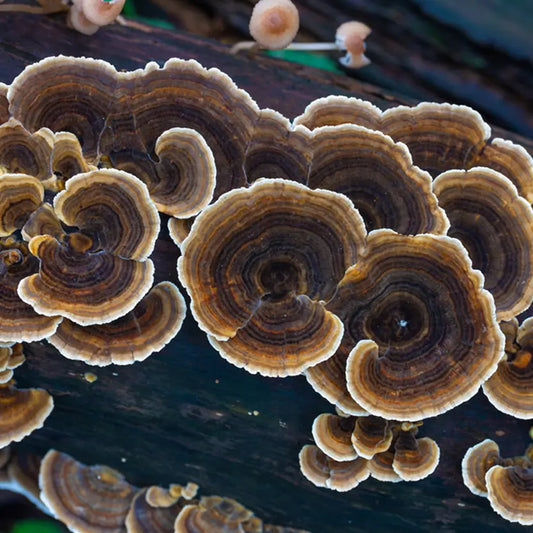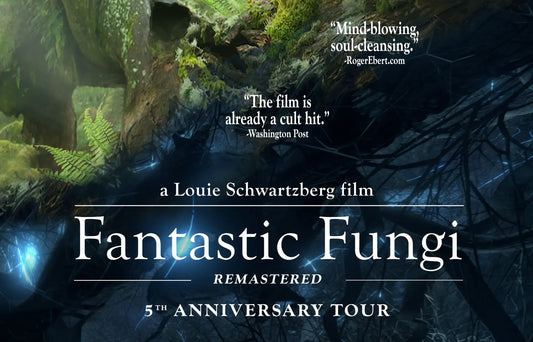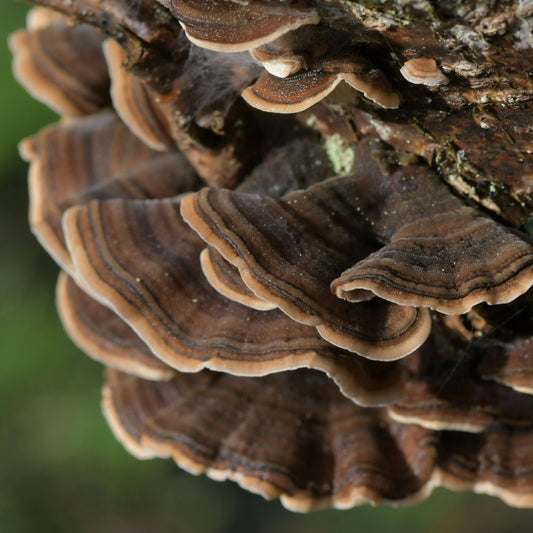
Answers to the Most Common Questions We Get About Mushrooms
For as long as we’ve been on the planet, fungi have been here. In fact, both humans and plants owe our evolution to fungi! But just because our mushroom allies have always been underfoot doesn’t mean that we’ve always been aware of their presence. We often hear from community members that watching Fantastic Fungi helped them reconnect to nature. By witnessing the invisible become visible, they were inspired to be more present and wake up to the beauty all around them.
In this blog, we’re answering some of the common questions we get about mushrooms from readers like you. The mycelial network is downright magical, and it never fails to inspire wonder and curiosity. Read on to learn more – and let this article be a resource as you continue your mushroom journey!
1. What’s the difference between fungi and mushrooms?
All mushrooms are fungi, but not all fungi are mushrooms. Mushrooms are part of the fungi kingdom. In addition to mushrooms, this kingdom includes molds, rusts, mildews, smuts and yeasts.
2. What is a fruiting body?
A mushroom fruiting body is the part that grows above ground. It’s the part we can see, which produces spores (think of those as mushroom “seeds”).
3. What is mycelium?
Mycelium (singular) and mycelia (plural) are like the “roots” of a mushroom. (“Mycelial” is the adjective form.) They collect and utilize nutrients, and they help mushrooms communicate with one another. You can think of this vast, unseen network as the “fungi internet” that runs underfoot. Research has confirmed what we’ve long believed, that the mycelial network is intelligent – with an ecological memory that helps it determine where, when and how to grow.
4. How many mushrooms are there in the world?
This is actually a hotly debated question – with answers that vary and change all the time as scientists identify more species. There are at least 2,700 species of edible mushrooms globally. But that’s only the tip of the iceberg. In 2006 alone, nearly 17,000 new mushroom species were identified (not all of them edible), and there may be up to 10 million fungi species on the planet. Instead of focusing on one figure, let this ever-evolving quantity remind you of the power of possibility!
5. Are mushrooms a plant?
While mushrooms are often found alongside vegetables at the supermarket, they are not plants. Plants are their own kingdom, just as mushrooms are part of the fungi kingdom.
6. What are some of the common mushrooms that people forage in the US?
It depends on the region. The mushrooms commonly found in the Midwest often differ from those that call the Pacific Northwest or New England home. However, some of the most popular “wild” mushrooms are morel, chanterelle, oyster, chicken of the woods, lion’s mane, hen of the woods and shiitake.
Before you forage any mushroom in the wild, make sure you are 100% certain of its identity. Read more: 12 Sustainable Foraging Tips for Beginners
7. What do mushrooms provide, in terms of nutrition?
Every mushroom species, just like every vegetable, provides a unique balance of nutrients. However, they do share some characteristics. They are very low in sodium, naturally do not contain gluten, are cholesterol-free (since only animal-based foods contain cholesterol) and low in calories. A serving of cooked mushrooms may provide B vitamins, some essential minerals and vitamin D, depending on the type.
8. How do I tell if a mushroom has gone bad?
Fresh mushrooms should never feel slimy and damp or dry and leathery. If yours smell fishy or “off,” compost them. Store mushrooms in a paper or cloth bag, and cook them within 48 hours.
9. What’s the best way to clean mushrooms?
Commercially cultivated mushrooms are grown in sterile rooms, so they tend to be quite clean when you buy them. Use a dry pastry brush (or a clean, never-used paintbrush) to brush away any dirt or debris, then prepare them as desired. Wild mushrooms may have more debris. Start by using your brush to remove visible dirt. You can also use a damp cloth to wipe them clean. If needed, you can give them a rinse, but be sure to dry your mushrooms thoroughly before cooking.
10. Can you eat the whole mushroom?
This depends on the mushroom, your personal preferences and what you’re cooking. You can cook and eat the cap and stem of any tender edible mushroom – from the basic button or Portabella to functional ones like Maitake or Lion’s Mane.
Some, like Shiitake and Oyster mushrooms, have tender caps, but their stems can be fibrous. You have a few options: Shred them before cooking, to make them easier to eat. Or pulse them in a food processor. You can also save the stems (freeze them) along with other edible food scraps like carrot peels and onion tops, then make them into stocks and broths.
Have you reserved your Forager Box yet? It’s the easiest way to get to know these mushrooms and more! Each quarter, we curate a unique, limited-edition collection of mushroom fruiting body products especially for our community. Foraged with intention and delivered to your doorstep, the Forager Box will inspire you to integrate mushrooms into your daily routines.
11. Do I need to cook mushrooms?
Yes, mushrooms need to be cooked (or extracted) before eating them. The cooking and extraction processes help break down tough cell walls, making mushrooms more digestible and render them safe to consume.
12. How should I add mushrooms into my daily routine?
Start with the products in your Forager Box. We chose them because they’re so easy to integrate into everyday habits and rituals. Try a couple of them each day until you find a routine that works for you. Do read the directions on each label, since many of our mushroom products are dietary supplements.
Want to learn more about mushrooms, including how to make them an integral part of your daily routines and rituals? Visit our blog.
